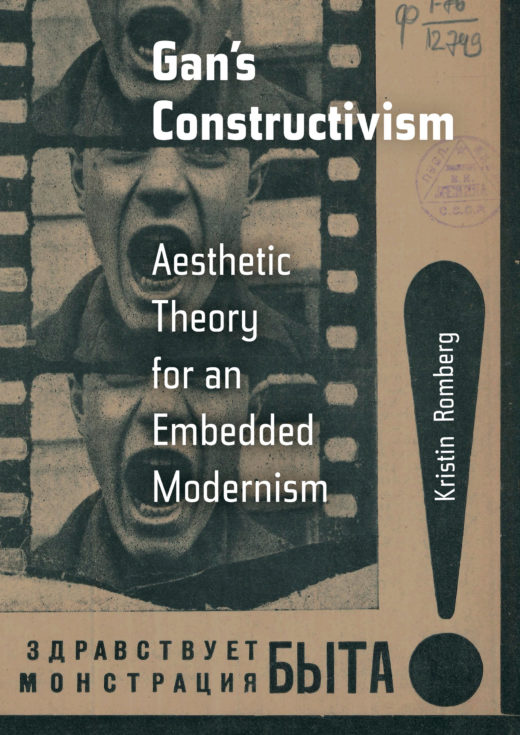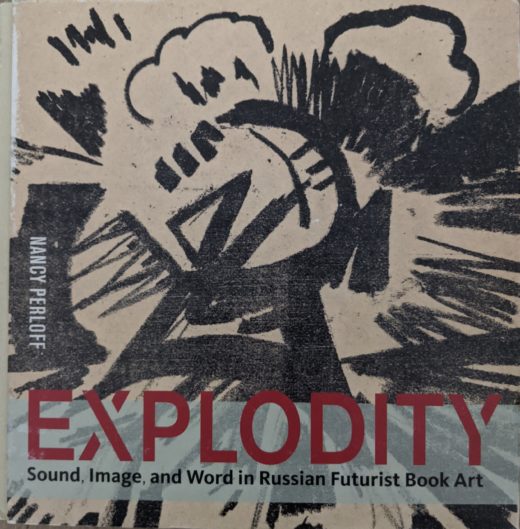Everywhere and Nowhere: Understanding Russian Constructivism through Aleksei Gan
Kristin Romberg, Gan’s Constructivism: Aesthetic Theory for an Embedded Modernism (Oakland: University of California Press, 2018), x + 297 pp.
With Gan’s Constructivism, Kristin Romberg demonstrates how to write about a figure who is at once central and marginal, everywhere and nowhere. Aleksei Gan’s contradictions, the stark contrasts between his ambitions and his absences, are manifold. He co-founded the First Working Group of Constructivists in 1921 and published Constructivism, the movement’s first theoretical treatise, in 1922, yet remains unmentioned in most histories. He commissioned Aleksandr Rodchenko to design costumes for a play that he never wrote. He directed … Read more









